After years of planning and design work, the team upgrading the Advanced Photon Source (APS) is now preparing to make those plans and designs a reality. The APS, a U.S. Department of Energy (DOE) Office of Science user facility at DOE’s Argonne National Laboratory, is one of the most productive synchrotron x-ray light sources in the world, and scientists use its ultrabright x-ray beams to help create (for instance) longer-lasting batteries, stronger materials, and more effective treatments for infectious diseases.
The APS has been operating for more than 25 years, and the APS Upgrade Project will see the electron storage ring at the heart of the facility replaced with a new state-of-the-art storage ring.
That new ring will be made up of 1,321 powerful electromagnets, complete with new vacuum systems and power supplies. Those components are being assembled into modules in an offsite building, where they will be stored until April 2023. That’s when a year-long shutdown of the APS is scheduled to begin, which will allow those modules to be transported to the APS facility, installed, and commissioned.
The magnets are assembled onto large concrete plinths. The centers of each magnet must line up to within half the width of a human hair, and that tolerance must be maintained across the new storage ring’s circumference, about 2/3 of a mile.
Also in this offsite building, teams are assembling new front ends for most of the x-ray beamlines around the APS. Front ends are the connective tissue, so to speak, between the electron storage ring and the experiment stations, where scientists conduct their experiments. They’re designed to deliver the ultrabright x-rays that will enable those experiments.
The upgraded APS, with the new storage ring and front ends installed, is scheduled to return to life in 2024 when first light is anticipated.
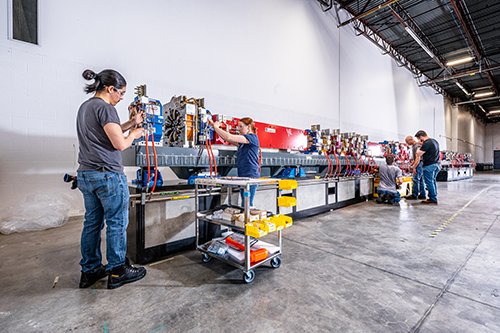
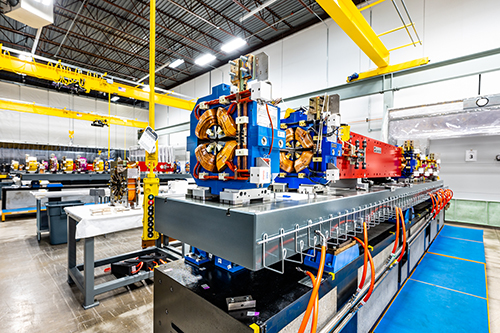
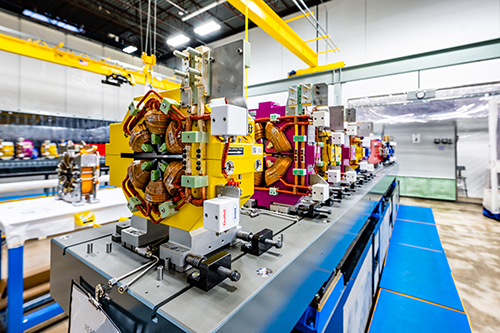
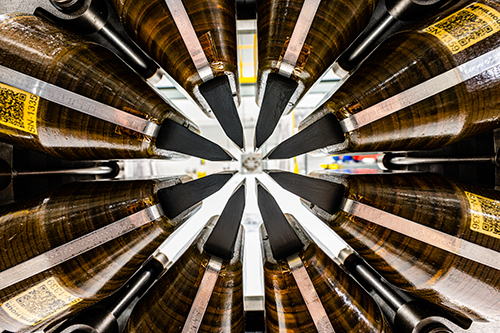
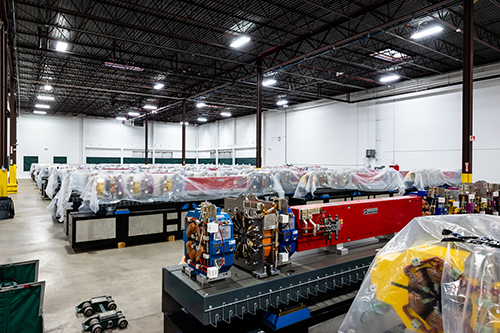
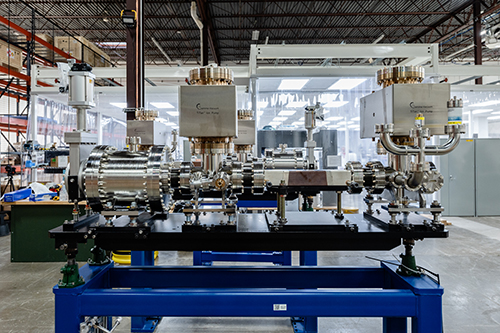
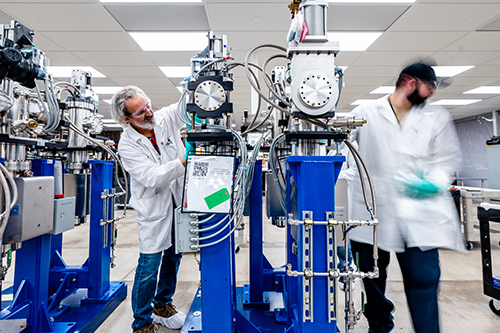
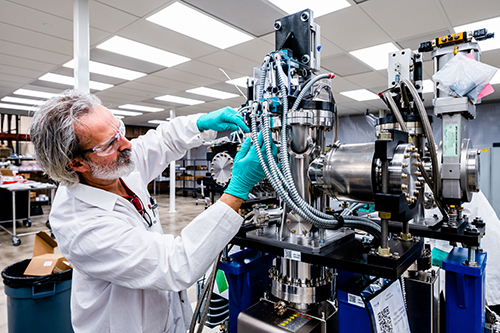

The Advanced Photon Source is a DOE Office of Science User Facility operated for the DOE Office of Science by Argonne National Laboratory under Contract No. DE-AC02-06CH11357
The U.S. Department of Energy's APS at Argonne National Laboratory is one of the world’s most productive x-ray light source facilities. Each year, the APS provides high-brightness x-ray beams to a diverse community of more than 5,000 researchers in materials science, chemistry, condensed matter physics, the life and environmental sciences, and applied research. Researchers using the APS produce over 2,000 publications each year detailing impactful discoveries, and solve more vital biological protein structures than users of any other x-ray light source research facility. APS x-rays are ideally suited for explorations of materials and biological structures; elemental distribution; chemical, magnetic, electronic states; and a wide range of technologically important engineering systems from batteries to fuel injector sprays, all of which are the foundations of our nation’s economic, technological, and physical well-being.
Argonne National Laboratory seeks solutions to pressing national problems in science and technology. The nation's first national laboratory, Argonne conducts leading-edge basic and applied scientific research in virtually every scientific discipline. Argonne researchers work closely with researchers from hundreds of companies, universities, and federal, state and municipal agencies to help them solve their specific problems, advance America's scientific leadership and prepare the nation for a better future. With employees from more than 60 nations, Argonne is managed by UChicago Argonne, LLC, for the U.S. DOE Office of Science.
The U.S. Department of Energy's Office of Science is the single largest supporter of basic research in the physical sciences in the United States and is working to address some of the most pressing challenges of our time. For more information, visit the Office of Science website.
